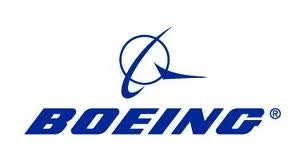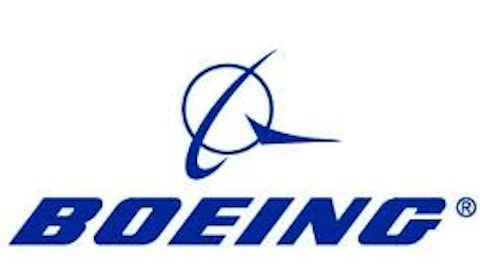To paraphrase from John Denver, Japan Airlines Co Ltd (TYO:9201) better known as JAL has packed its bags and is ready to fly Airbus. Following consolidation of the industry in the early 2000s and an additional sale of stock from BAE Systems plc (LON:BA), Airbus is now a subsidiary of EADS NV (EPA:EAD). Earlier this year, EAD announced that it would change its name to the Airbus Group, a process that will be completed by the second half of 2014 (hence our interchangeable use of EAD and Airbus in this article). The JAL deal, valued at over $9billion, signals a new phase in the Airbus vs. Boeing rivalry and is a setback for The Boeing Company (NYSE:BA) which has been supplying jets to JAL for over fifty years.

According to a 2013 report from Deloitte, commercial aerospace sector revenues continued double digit growth in 2012. Though revenues as well as earnings in the defense related aerospace sector decreased, the commercial segment saw an 18.3% increase in revenues with 13.2% increase in earnings. Today, we look at Airbus vs. Boeing to see what fundamental analysis on these companies reveals. CapitalCube uses peer-based analysis for its reports; our full peer-set used for this article is listed at the end of this post.
Strategic Turnaround for Airbus (EAD)
The market expects EAD to grow faster (based on its PE of 28.8 compared to the peer average PE of 18.8) and to improve its current ROE of 15.7% which is below the peer average of 21.0%. Thus, the market seems to expect a turnaround in EAD’s current performance.
BA’s operating performance is better than average (ROE of 56.0% compared to the peer average of 21.0%). However the market does not seem to expect higher growth from BA relative to competitors (PE of 21.4) but simply to maintain its relatively high rates of return.
Airbus vs. Boeing: The Earnings Leader?
EAD’s Year-on-year change in revenues and earnings are above average for the peer group. The company enjoys both better annual revenue growth (15%) and better earnings growth performance (18.9%) than its peers. EAD currently converts every 1% of change in annual revenue into 1.3% of change in annual reported earnings. We view EAD as a leader. In contrast, though Boeing has achieved better revenues growth (year-on-year change in revenues of 18.9%) its earnings growth performance has been below that of its competitors (change in annual reported earnings of -2.9% compared to the average of 2.1%). This suggests that, compared to its competition, the company is focused more on top-line revenues. Boeing is currently converting every 1% of change in revenue into -0.2% change in annual reported earnings.







